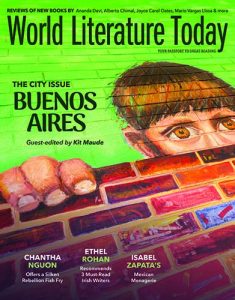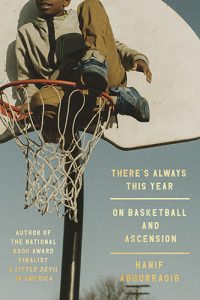Silk Road – Summer/Fall 2011
Volume 6 Number 2
Summer/Fall 2011
Biannual
Julie J. Nichols
As most people know, the Silk Road was a many-thousands-of-miles-long trade route linking Asia with the rest of the world in ancient times, a network of land and sea avenues over which civilizations traveled and cultures interfused. The goal of Pacific University’s literary journal is to “give readers a vivid point of exchange or interaction that could occur only in a specific time and space . . . ‘place’ is the touchstone the magazine uses for the pieces we publish.” In this issue, there are eight stories, six pieces of creative nonfiction, work from sixteen poets, and a provocative interview that “take readers somewhere crucial, defining and relevant.” The issue as a whole is a journey worth taking.
As most people know, the Silk Road was a many-thousands-of-miles-long trade route linking Asia with the rest of the world in ancient times, a network of land and sea avenues over which civilizations traveled and cultures interfused. The goal of Pacific University’s literary journal is to “give readers a vivid point of exchange or interaction that could occur only in a specific time and space . . . ‘place’ is the touchstone the magazine uses for the pieces we publish.” In this issue, there are eight stories, six pieces of creative nonfiction, work from sixteen poets, and a provocative interview that “take readers somewhere crucial, defining and relevant.” The issue as a whole is a journey worth taking.
Steve Edwards’s “A Writer’s Story,” the winner of the magazine’s flash fiction contest, launches the issue with a reminder that memory and story making are allies, that to tell the stories of those who are gone is to rekindle their lives and refresh our own.
We take spins into Spain (“Waves Breaking on Asturias: A Tryptich” by Carrie Callaghan); Alaska (“Since Parting With My Betsy” by Raymond Fleischmann, centers on an Alaskan husky who’s “always been a pet,” and thus constitutes a problem when her owners go back to the lower forty-eight); Botswana (“Topo” by John Ashford, a former Peace Corps volunteer in Botswana, describes the troublemaker the town cannot abandon); and Old Rag Mountain in Virginia’s Shenandoah National Park. This last is the site of “Scramble” by Jessica McCaughey, in which a famously difficult hike symbolizes everything a relationship is and isn’t and will, unfortunately, never be: “we get to wind down the last mile of this mountain on foot beside one another, proud of the slow, patient effort we have made all day . . . We will each order a drink, celebrate our ascent, and then we will choose to blame the rest of the silent meal on acclimation, on the rise and then relatively quick decline, on the unfamiliarity of very high elevations.”
We explore exotic locales of desire; Ani Gjika was born and raised in Albania. Her poem “Last Day” evokes an India she resists but can’t leave behind. Ahmet Uysal’s “Broken Triplets,” translated from the Turkish by Nesrin Eruysal and Ken Fifer, evokes the Greek isle of Lesbos so sensuously we long to know it too. The mystery of the “Man in My Garden, Buenos Aires” by Jen Ferrera is never solved: “Muffled scraping and gnawing coming / from his naked shadow confuses (and comforts) me.” And “Where” by Loretta Obstfeld is a side trip into the surreal place of not-knowing, of losing:
Jesus knows where
your keys are . . .
. . . . . . . . . . . . . .
The keys ditch you
while you’re talking on the phone
with your mother: your father
is getting worse. He’s dying.
. . . . . . . . . . . . . .
Possessions migrate
like birds: a wallet, dry-cleaning
receipts, your manners—all
head south . . .
There are three poems about beaches. “Beach Walk” by Tania Runyan is a delicious description of adolescent girls “along the shore,” displaying themselves for the lifeguard and “the boys.” In “Sneaker Waves” by Bonnie Jo Campbell, a log, or a tsunami, can sweep away whatever is loved if you’re not careful. And “MacAdam Takes to the Sea” by Andrew Philip breathes the air of the Scottish coast, a fisherman (perhaps) questioning his life, “waist deep into the loosened waves.”
And naturally, in a journal that celebrates place, there’s a map. Bridget Booher’s “Body Map of My Life” ushers us on a clever journey through her biography via scars both external and internal. Throughout this little volume there’s the sense that cultural diversity is that way too—both externally visible and internally experienced. Masha Hamilton, winner of the 2010 Women’s National Book Award and author most recently of 31 Hours, tells Silk Road, “I learned as a journalist that I was the pipe that carried information. I feel the same way as a novelist. We’re trying to listen really hard to these characters, to be empathetic to their concerns—and that needs to be the same with a character like Jonas who is preparing to set off a bomb or someone like Mother Teresa.” Listen really hard to all the voices in Silk Road. They’re excellent writing, well worth hearing.
[silkroad.pacificu.edu]



